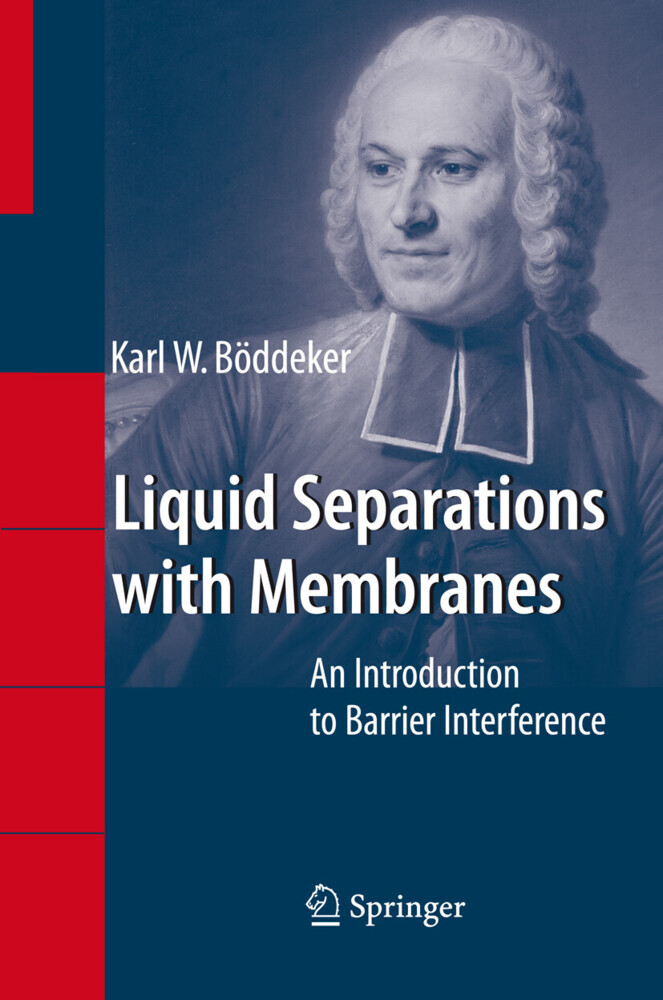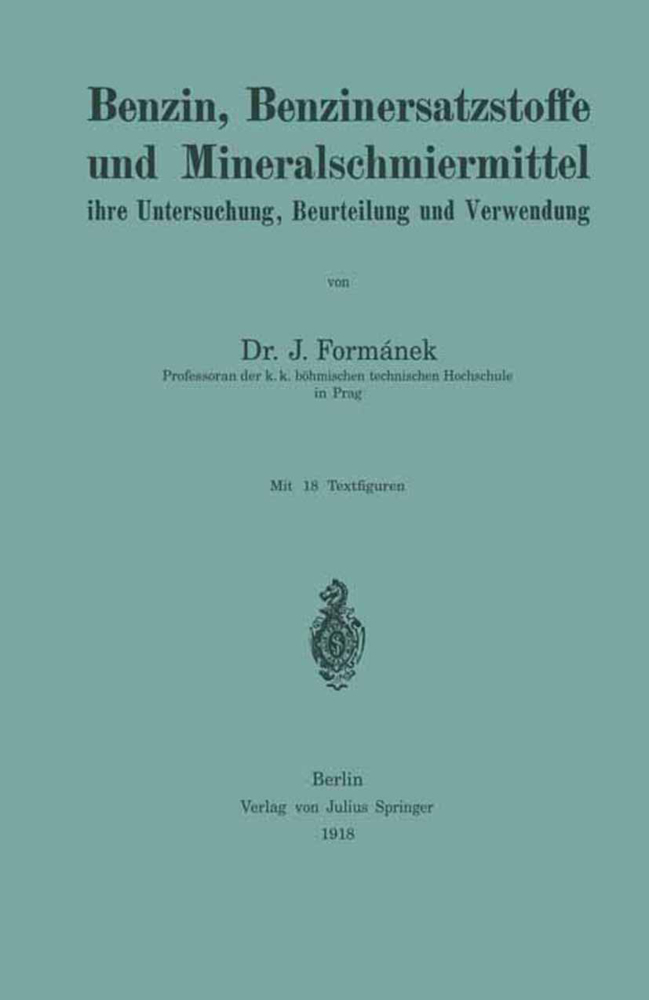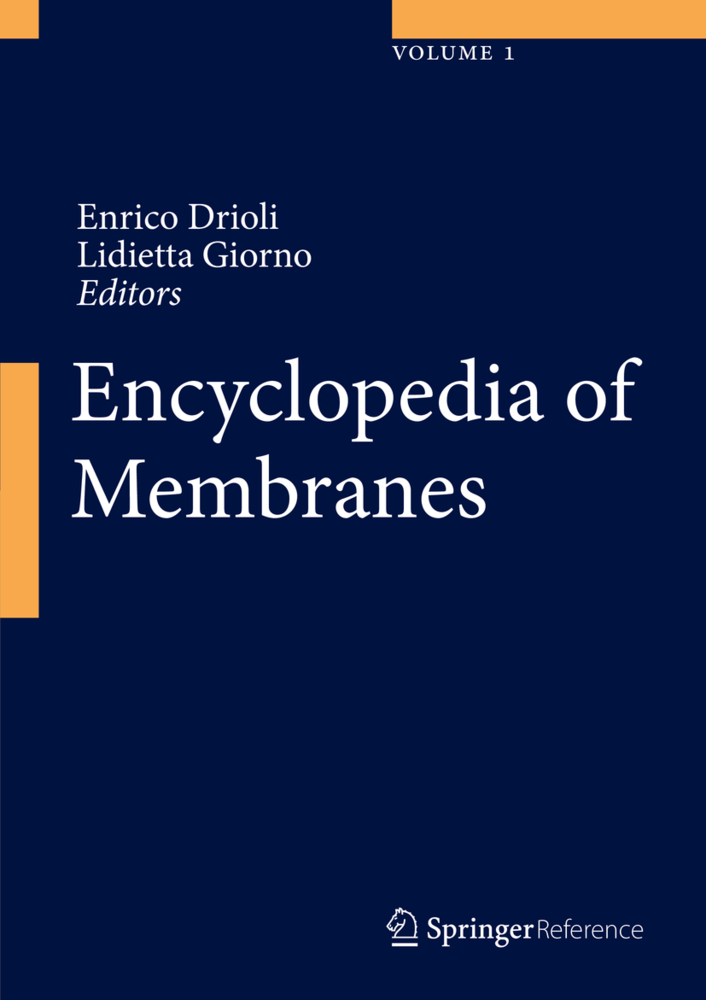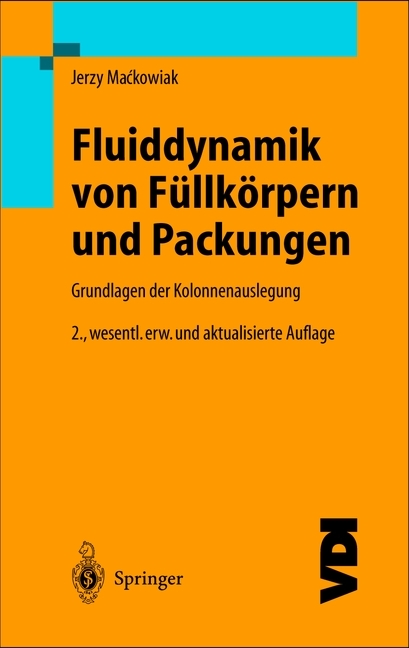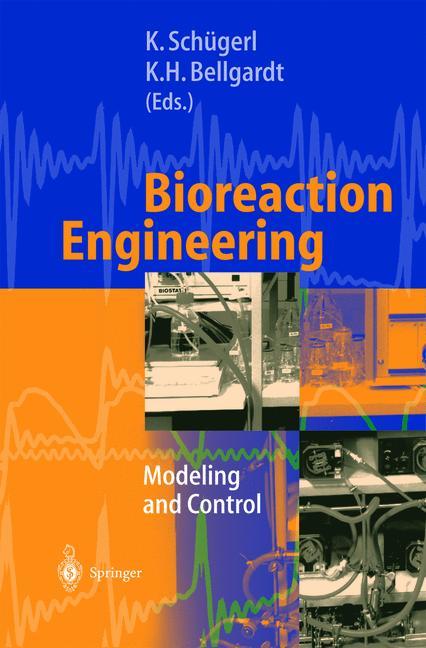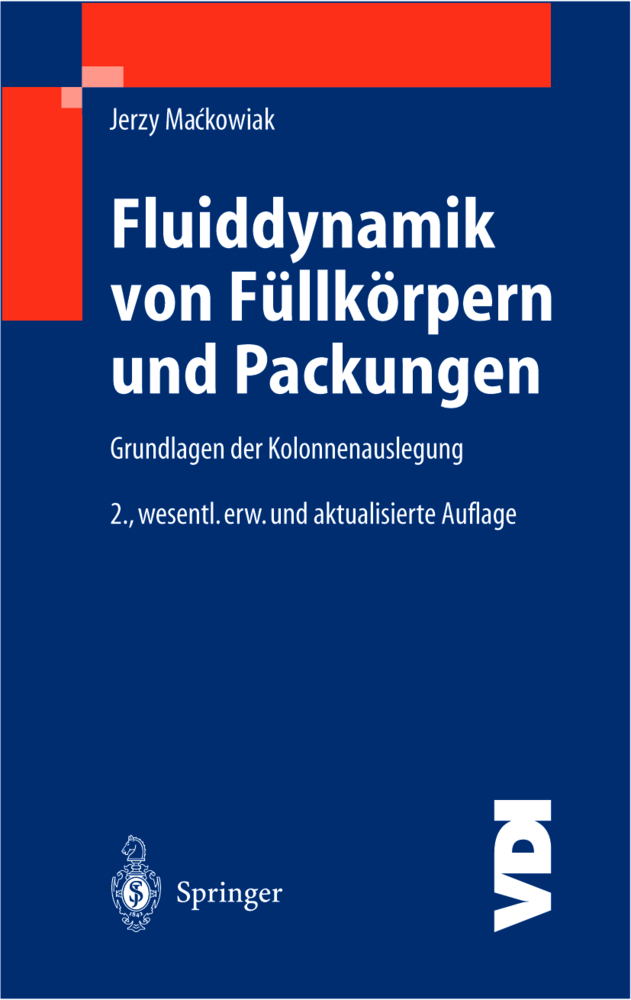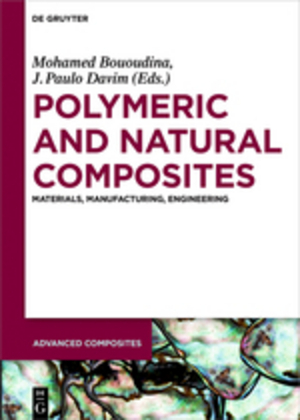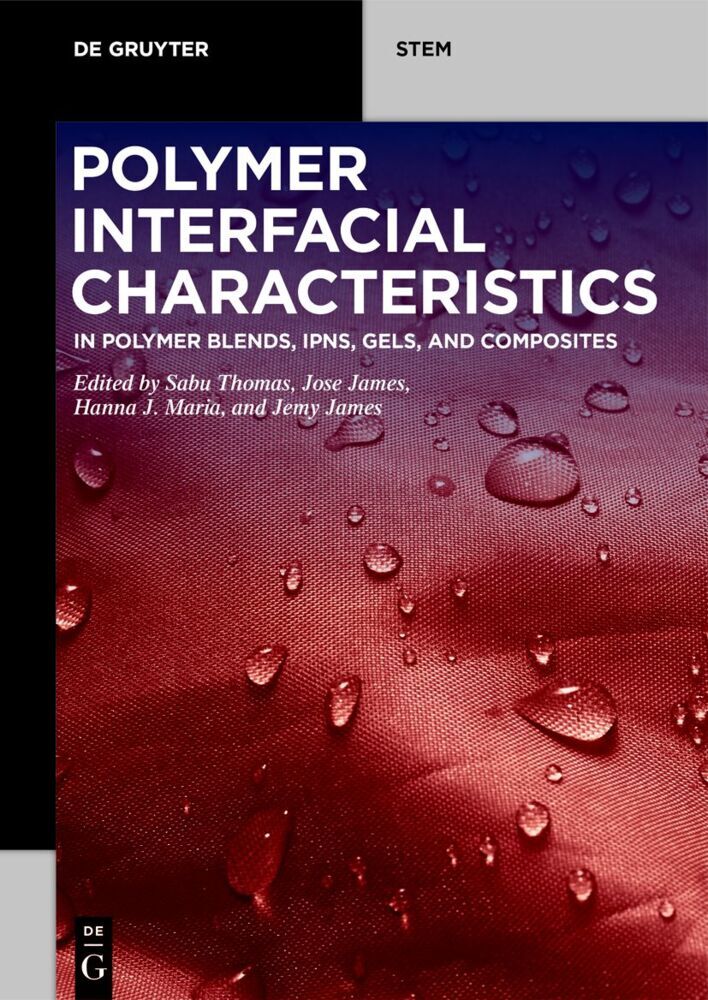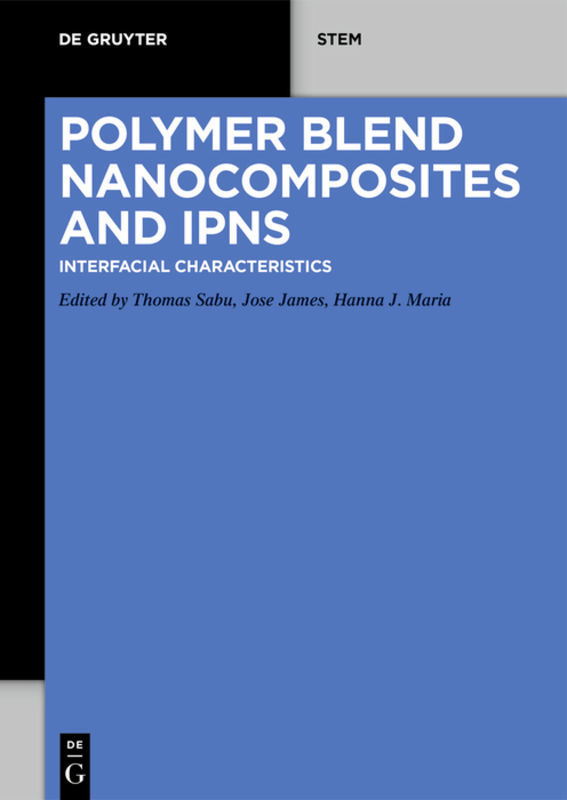Liquid Separations with Membranes
An Introduction to Barrier Interference
On the level of a textbook a self-consistent approach to liquid separations with membranes is presented, contrasting equilibrium separations with the rate-controlling effects of barrier interference on mass transfer. As a corollary objective, an effort is made to observe context, factual and historical, when introducing concepts and applications of membrane separation science. Ordering principle is the formal structure of mass transfer across permeable barriers, being construed of a driving force (allocated to the condition of the mixtures to be separated) and a barrier permeability (holding the keys to membrane selectivity). The membranes, by this approach, appear by way of the mass transport requirements which they are to meet, or else by way of the separation effects which they inspire. Exploiting barrier interference is the challenge of membrane separation science and technology. This book is about the principles behind.
1;Preface;5 2;Contents;8 3;Symbols and Abbreviations;11 3.1;Symbols;11 3.2;Greek;12 3.3;Indices;12 3.4;Abbreviations;13 3.5;Polymer notation;13 4;1 An Introduction to Barrier Separation;14 4.1;1.1 Separation is ...;14 4.2;1.2 Barrier separation is ...;16 4.3;1.3 Membranes, economy of size and affinity;18 4.4;1.4 Driving force, actuating barrier interference;21 4.5;1.5 Dynamics of barrier separation;23 4.6;1.6 On units and dimensions;25 4.7;Bibliography;28 5;2 The Thermodynamic Connection;30 5.1;2.1 Mixtures and solutions;30 5.2;2.2 The driving force in barrier separation;38 5.3;2.3 The master flux equation;44 5.4;Bibliography;50 6;3 Osmosis et cetera;51 6.1;3.1 Osmosis;51 6.2;3.2 Reverse osmosis;58 6.3;3.3 The power of osmosis;71 6.4;Bibliography;74 7;4 Membrane Filtration;75 7.1;4.1 On size and size exclusion;75 7.2;4.2 Liquid transport in membrane filtration;78 7.3;4.3 Solute transport in membrane filtration;86 7.4;4.4 Rating porous membranes;88 7.5;4.5 Notable applications;90 7.6;Bibliography;92 8;5 Pervaporation versus Evaporation;93 8.1;5.1 Phenomenon and realization;93 8.2;5.2 Mass transport and selectivity;94 8.3;5.3 The capability of pervaporation;99 8.4;5.4 Hydrophilic pervaporation;100 8.5;5.5 Organophilic pervaporation;105 8.6;5.6 Pervaporation in perspective;115 8.7;Bibliography;115 9;6 What Membranes are About;117 9.1;6.1 Prelude: Collodion membranes;117 9.2;6.2 Membrane polymers - polymer membranes;118 9.3;6.3 Like dissolves like;121 9.4;6.4 Microporous barriers;123 9.5;Bibliography;124 10;7 Tracing Membrane Science, an Historical Account;125 10.1;Literature cited;131 11;Appendix;132 11.1;A Properties of Aqueous Solutions;133 11.2;B Criteria of Technical Water Quality;135 11.2.1;Hardness;135 11.2.2;Alkalinity;136 11.2.3;Corrosiveness;137 11.3;C Marker Molecules;139 11.3.1;Synthetic macromolecules;140 11.4;D Membrane Polymers;141 11.4.1;Natural polymeric materials;141 11.4.2;Synthetic polymers;141 11.4.3;Synthetic copolymers (elastomers);142 11.5;E Microporous Structures;143 12;Subject Index;150
Böddeker, Karl W.
| ISBN | 9783540474531 |
|---|---|
| Artikelnummer | 9783540474531 |
| Medientyp | E-Book - PDF |
| Auflage | 2. Aufl. |
| Copyrightjahr | 2007 |
| Verlag | Springer-Verlag |
| Umfang | 146 Seiten |
| Sprache | Englisch |
| Kopierschutz | Digitales Wasserzeichen |

